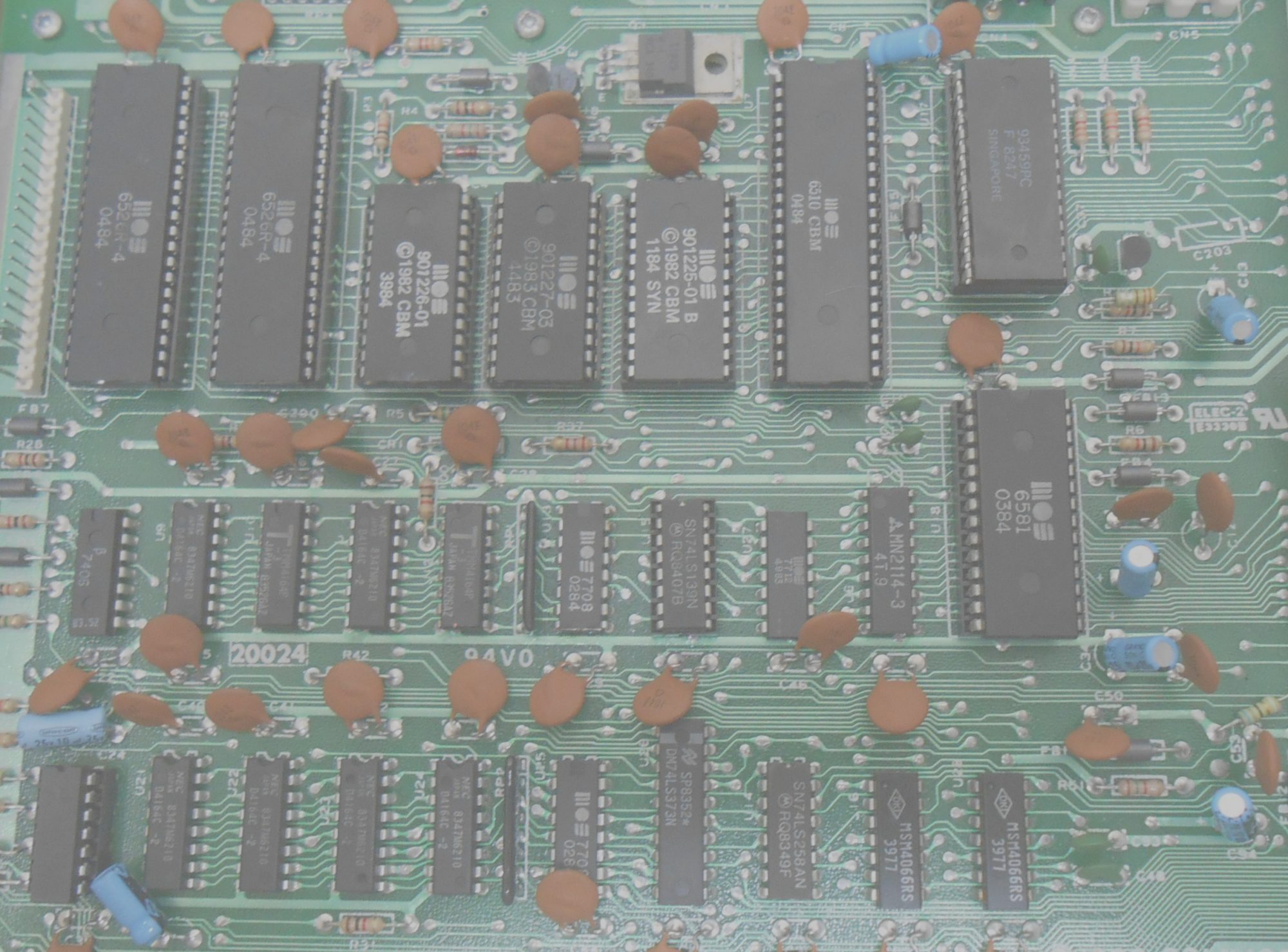This will be a multi part post as we spent the last year in collecting all the pieces of the puzzle to connect to and get data from our Echelon Type 83331-3IAAD meter. Like others trying to do this, we hit a lot of “red tape”, lack of knowledge from involved partners, confusions and even deliberate mis-information. But in the end we actually succeeded and now have all the pieces to complete the puzzle. We are working on finalizing a tinker solution, but are still under a NDA (Non-Disclosure Agreement from the current technology owner NES (Networked Energy Services). Luckily NES is working hard on releasing the required information as open source through OSGP Alliance (OSGP is short of Open Smart Grid Protocol). We have been promised this will happen “soon” (and have received drafts of the documents – so we are pretty sure it will happen soon). This is the start of the process that hopefully will make it possible to share the knowledge with you.
Shoutout to the guys and girls at the just finished sommerhack.dk: Thank for a great gathering and for listening to our Echelon stories… And an additional shoutout to Georg Sluyterman, who is running BefriDinElmåler.dk and is beta-testing our prototype in his Echelon Power Meter.
For a few years Graves and Gert have been trying to create a solution to read out our power consumption from our so-called Smart Meter: Echelon Type 83331-3IAAD.
Initially we hoped to be able to read the meter data through the IR (Infra Red) “eye” on the meter. This seems to be possible on meters from other manufacturers, (i.e. Kamstrup) and HAL9K even shared the required hardware for it.
We spent quite some time on this “rabbit hole”, but eventually found internet sources mentioning this interface is encrypted and you need to obtain a key from your power network provider to decrypt this interface on our Echelon meter. It seems this interface is used during production of the meter and have a bunch of features. Unfortunately our guess is also that the security of this port has been compromised as our power network provider N1 simply refuses to hand over the required keys. We have not found any real evidence of this, but if you have any information regarding this, please enlighten us in the comments :-).
At this point in time we reached out to our power company, which referred us to N1. We started pushing N1 for information on how to integrate with the meter (as you are supposed to be able to do this by law) and keys for the IR port, but is seemed like a dead end. Others have tried with no success – and we did expect kind of the same result… We thought that the guys at N1 withheld information from us on purpose… Today we know it is more likely they simply did not have much usable information and only knew that they would/could not hand out the IR encryption keys.
The obvious next step was to start counting the LEDs blinking on the meter. Other have successfully implemented this very simple interface, and we know it is possible to follow the power consumption by counting the LED blinks, and maybe even get the real time consumption by measuring the blinking frequency. Although this will work and we also went down this path for a while, it is not really a nice solution. You cannot read the exact counter shown on the meter and get other available information etc.
During our research we also found that our power network provider (N1) at least at some point might have offered an electrical interface pulsing the same way as the LED. Apparently you had to rent it for a monthly fee… In other words, not for tinkeres like us….
The ironic part is that the meter in fact have screw terminals for different interfaces (M-Bus and something called “MEP” – we’ll discuss that in our next post), but on our meter they are hidden behind a protected/sealed cover. And you are NOT allowed to break the seals in any way. It is simply illegal for consumers to do that in Denmark.
At this point in time we kind of gave up… Apparently it is not possible to get to the meter data in a real usable/electronic way. And N1 is not providing much help….
…or rather – we gave up for a while – stay tuned for our next post :-)…

